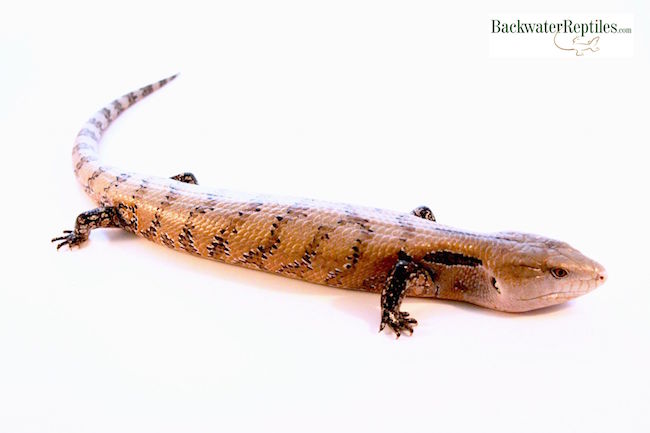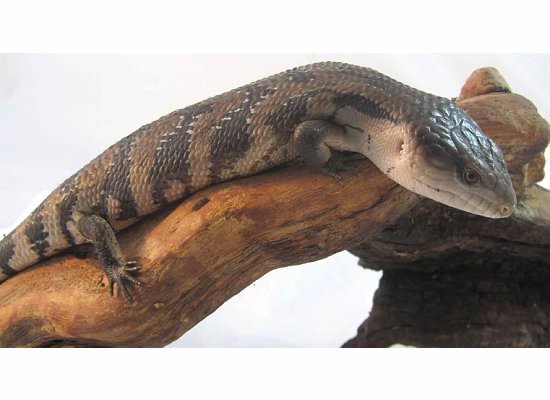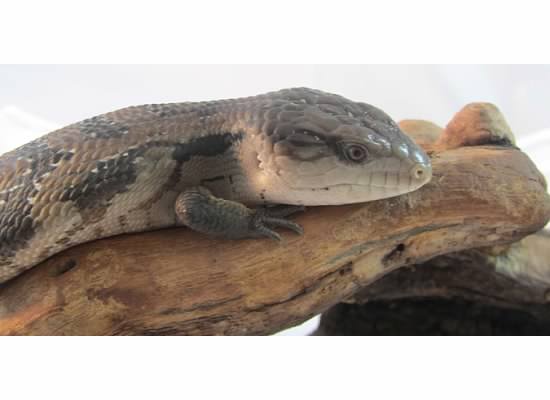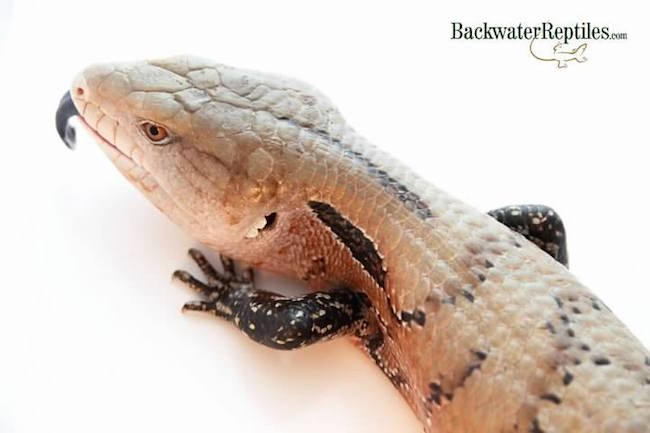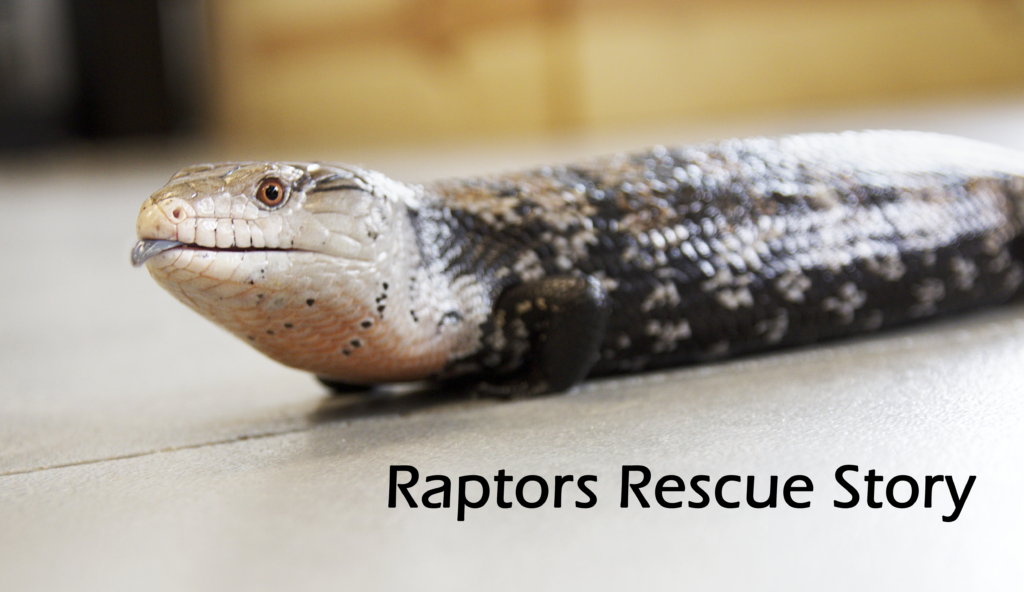
We received Raptor as a rescue quite a few months back and he unfortunately came in with some pretty hefty concerns. We first noticed he had some breathing problems and difficulty shedding, mostly around his back, but we were determined to get him back to full health.
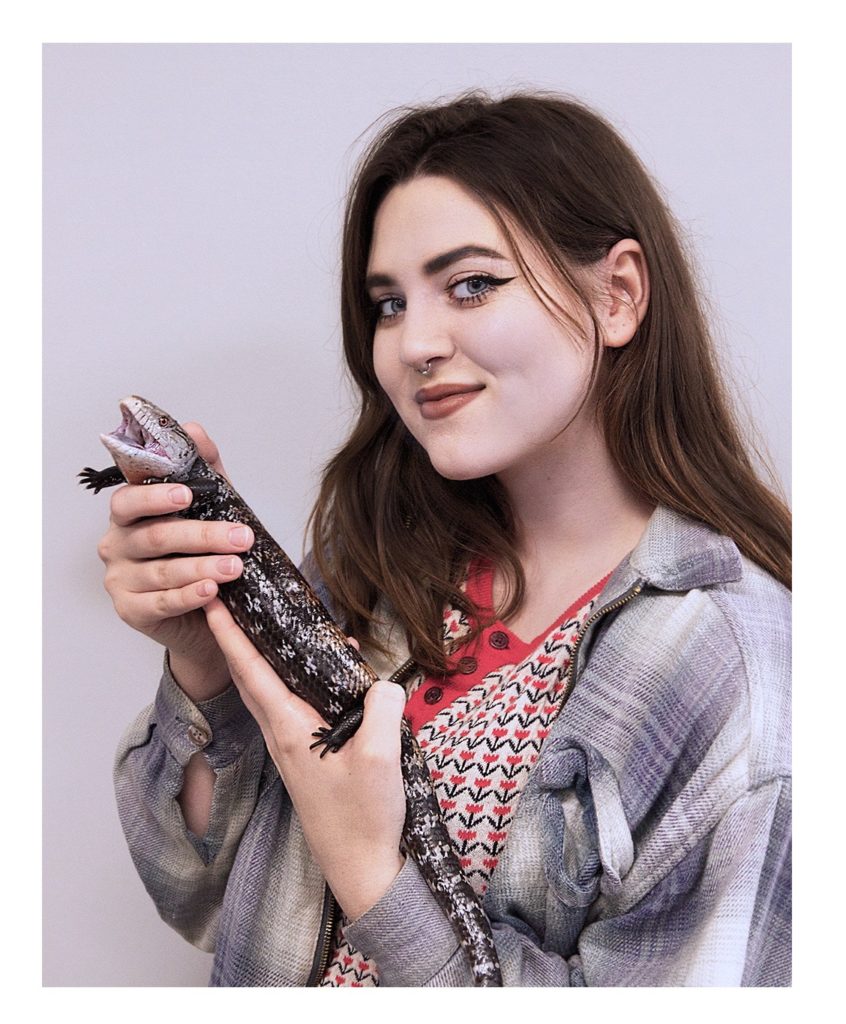
Since is is an Indonesian Blue Tongue Skink, we immediately housed Raptor in a humid, warm shelf with a heat pad because the problems he had were most likely caused by improper humidity.
The Indonesian Blue Tongue Skink species need higher humidity levels of around sixty to seventy percent as too dry of an enclosure can cause upper respiratory infections and improper shedding, which can then lead to skin infections and loss of toes.
Unfortunately, it was too late for Raptor and we very quickly started noticing he had developed what looked to be a large bacterial infection under the scales of his back leading to much discomfort and a feisty attitude, which earned him his name. We helped gently peel off the necrotic scales with tweezers when giving him baths, provided that the skin looked ready to be removed.
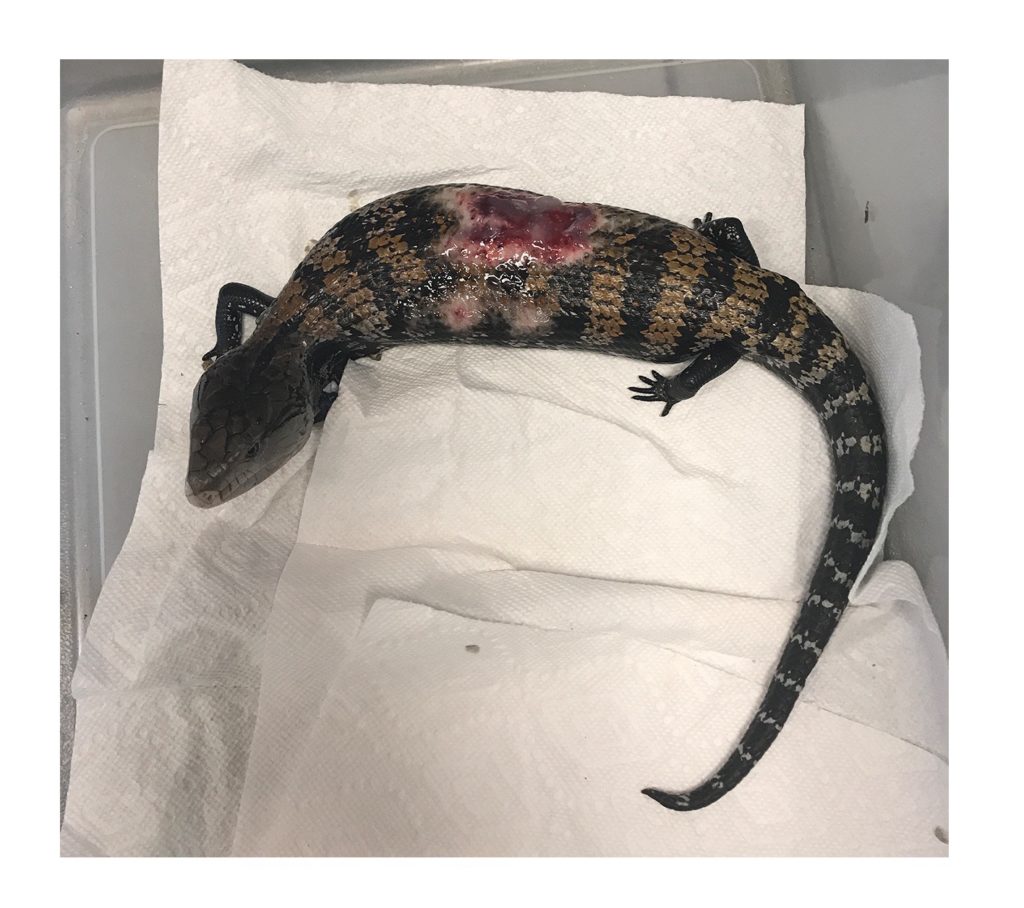
As a side note, we only recommend trying to help an animal shed its scales when it has to be done and can be done professionally and safely. Peeling dead skin off if it is not already loose can be quite painful for the animal.
After bathing Raptor, we would then dose the area with Neosporin antiseptic cream every other day for two weeks to help it heal and prevent the injured area from becoming too dried out.
Because of his back scale issues, we had to rehouse Raptor in a bare, tall enclosure with paper towels as a substrate, a large water dish, and of course the proper sixty to seventy percent humidity levels.
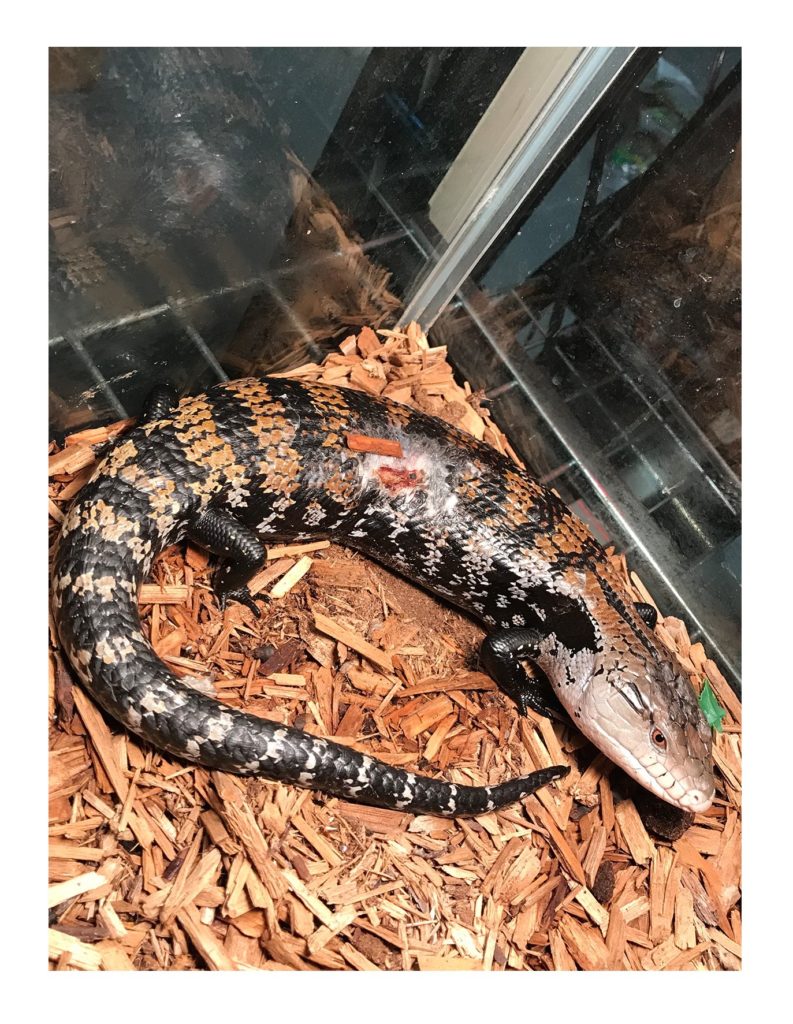
The humid air in his enclosure cleared up his breathing and at this point, he has just about made a full recovery from his infection, although his feisty attitude hasn’t changed!

